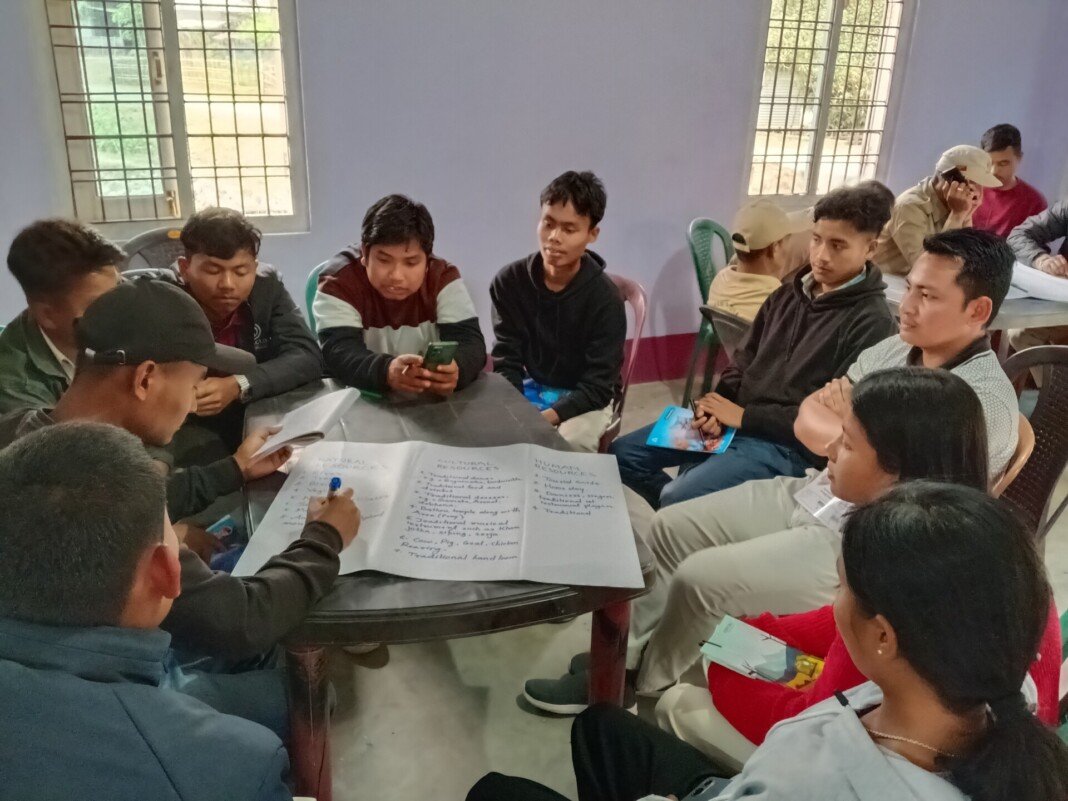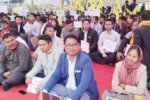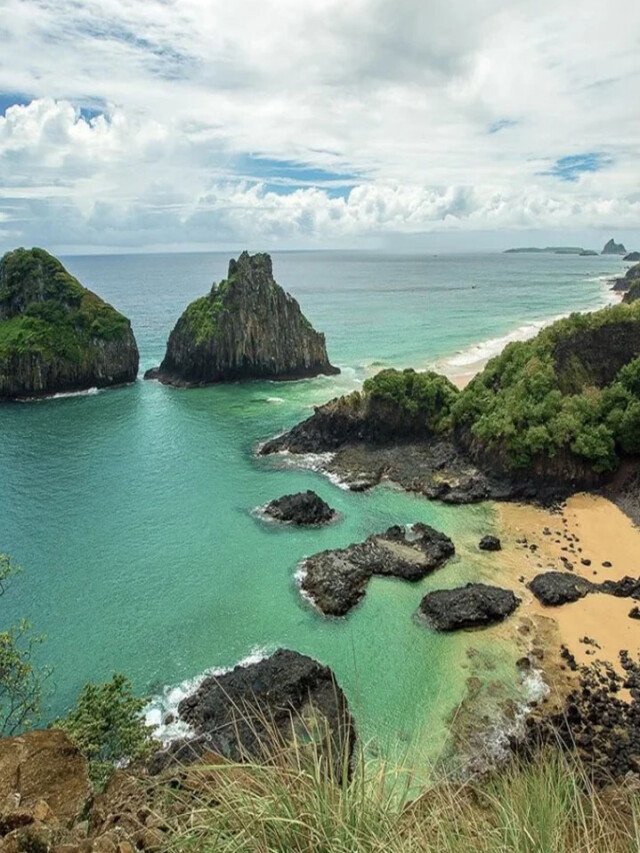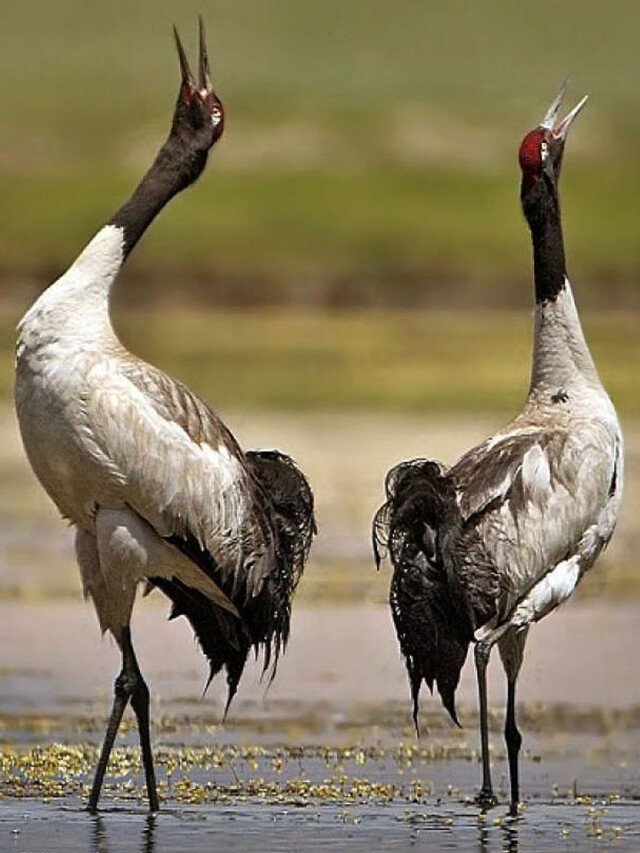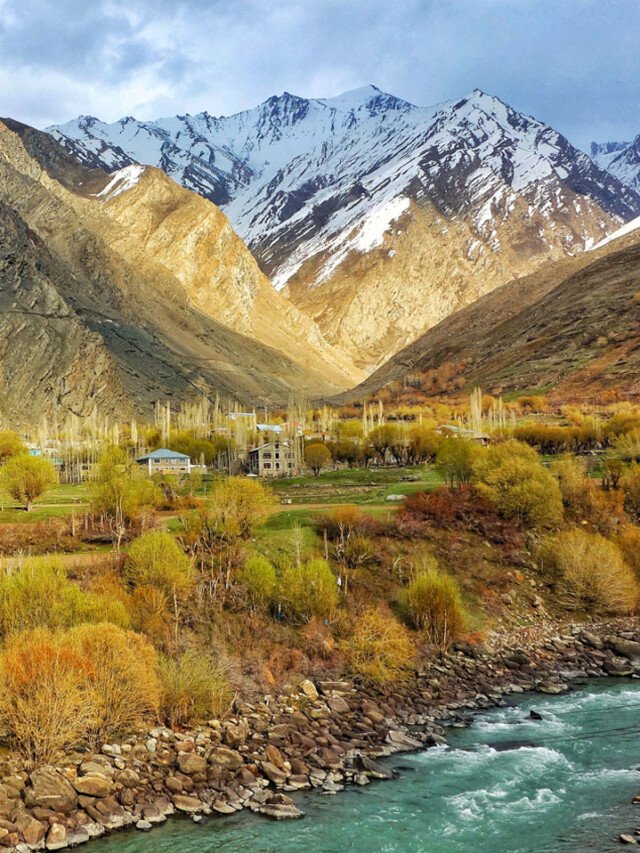HT Bureau
GUWAHATI, Feb 13: Premier biodiversity conservation organisation Aaranyak in collaboration with the directorate of Manas Tiger Reserve in Assam and local unit of All Bodo Students’ Union (ABSU) organised a 5-day training programme on ‘Ecotourism and Guiding’ for youths of the fringe areas of Manas Tiger Reserve.
The training programme was organised at Hatizan, Daoddhara, Baksa to orient interested youths from Bhuyanpara and Kokilabari areas on various aspects of eco-cultural tourism and inspire them to hone their skills as cultural tour experts and nature guides.
Thirty-four youths including 11 women participated in the training programme from Kokilabari and Bhuyanpara areas.
The training holds significance given that the Manas Tiger Reserve and its neighbourhood are bestowed with rich natural and cultural wealth that offer a unique opportunity to promote eco-cultural tourism and experiential learning for nature and cultural tourism enthusiasts.
This in turn also allows the communities in this region to benefit through this opportunity to earn a livelihood by involving themselves in nature-based tourism activities.
The Day 1 of the programme commenced with the brief inaugural session attended by the chief guest T Sashidhar Reddy, DFO of Manas Tiger Reserve, Guest of Honour Chandrakanta Basumatary and Vivekananda Pathak, Ranger Bhuyanpara Range.
The activity sessions of the programme provided the participants with glimpses of eco cultural tourism activities undertaken by the villagers belonging to the Karbi community from the Kaziranga-Karbi Anglong Landscape. Subsequently, they took part in mapping the key ecocultural resources available in the region. On Day 2 of the training, Bijay Basumatary, a renowned birding guide from Bansbari, conducted a brief session on ornithology focused on best practices for nature and bird guides.
The trainees took part in village and bird walks and explorations of the ecocultural tourism resources under the guidance of Basumatary, supported by Bijit Boro and Shaikhong Basumatary. The participants prepared lists of birds and potential ecocultural tourism assets observed during the walk and thereafter, during the classroom session.


